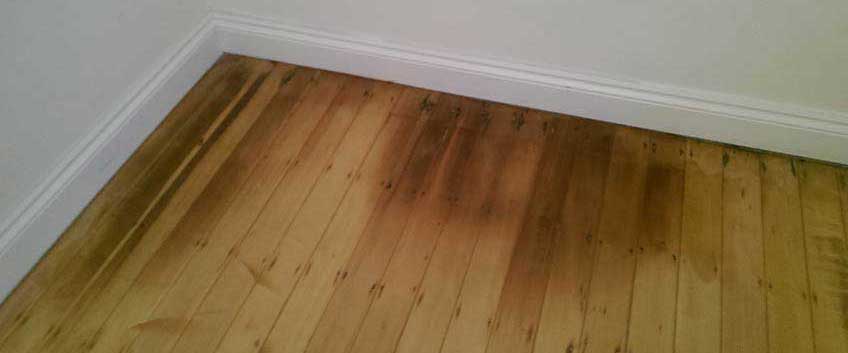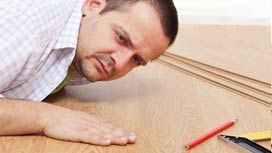Wood is a natural material, but when we bring it home, we often forget about that, expecting wood to obey and not react the natural way it reacts in nature. We also expect the wood floor to be everlasting, without maintaining them properly and providing them with the protection and care in order to help them overcome their natural reactions to the new indoor environment. And here is where many people are disappointed by wooden floors, expecting them to be extra sturdy and solid while ignoring their natural characteristics and specifics. Even once the wood is cut and manufactured as a floor, it still responds to the environment the way it is.
In nature, humidity is one of the biggest factors that affect wood. In fact, the natural structure of wood is porous so it can react to humidity and moisture changes by enlarging and shrinking. However, once the wood is installed at home as a floor, this movement is the last thing we want, since it can very often lead to major problems and issues like broken planks and broads, for example. With no free room for the wooden floor to “move”, we are responsible for choosing wisely our wooden floor in areas, where indoor humidity is an issue like bathrooms, kitchens and basements. Otherwise, disappointment is not far away in the future.
Reasons why you may have a high level of indoor humidity are (of course, you have to choose your wooden floor according to these reasons and try to reduce them as much as possible):
- Damp walls – There are a few reasons for dampness in your walls. Damp walls often happen because your house could be in need of damp-proof insulation, or even because of poor ventilation in a particular room. If dampness is caused by condensation, then you can find a way to improve the ventilation in the house. Otherwise, it is recommended to ask for professional help and advice.
- Damp subfloor – One of the most essential preparations you have to do before fitting new wooden floors is making sure that the subfloor, especially if concrete, contains no higher moisture level than 8% and ideally less. It is your responsibility and the responsibility of the flooring experts to check that out, otherwise, the risk of the not sturdy and damaged floor is very serious.
- Busy areas, especially kitchens – Wood floors installed in kitchens usually survive a great amount of hassle and high traffic. There is no getting away from the fact that kitchens are usually areas with frequent temperature and humidity changes and this affects the floor a lot. The same thing is also happening if you have wooden floors in your bathroom.
What is the best solution for humidity areas?
The good news is that there is an ideal solution to this humidity situation and it is called engineered wood. Many people are not familiar with engineered wood, or they think that this is another name of laminate, but this is away from the truth. Although laminate and engineered wood share a very similar concept, the second one is made completely from natural ingredients, unlike laminate. Engineered wood comes with a very smart concept and although it is a man-made product it looks exactly as natural and beautiful when installed like solid wood floors. Engineered wood’s construction is based on the number of think lumber, softwood, or lumber layers that are glued together crisscrossed. This composition ensures more sturdiness of the floor and reduces the affection of humidity to a minimum. Engineered wood expands and contracts significantly less than solid wood.
Read More
Engineered wood flooring is known for its amazing durability and resistance to stress and high traffic impact, therefore it is a great choice for busy areas.
There are many things to consider, when you are choosing a new home and you want to have, or already have a hardwood floor installed.
While a beautiful wooden floor is a key factor for buying a new house, things not necessarily always go as expected.
Wood flooring for your balcony may sound like a waste of money, but this is really not the case if you make a smart choice!
If you want your living room to look like a piece of Heaven, be sure to decide on the warm brown color of umber wood flooring. Here is how to mix and match it!


